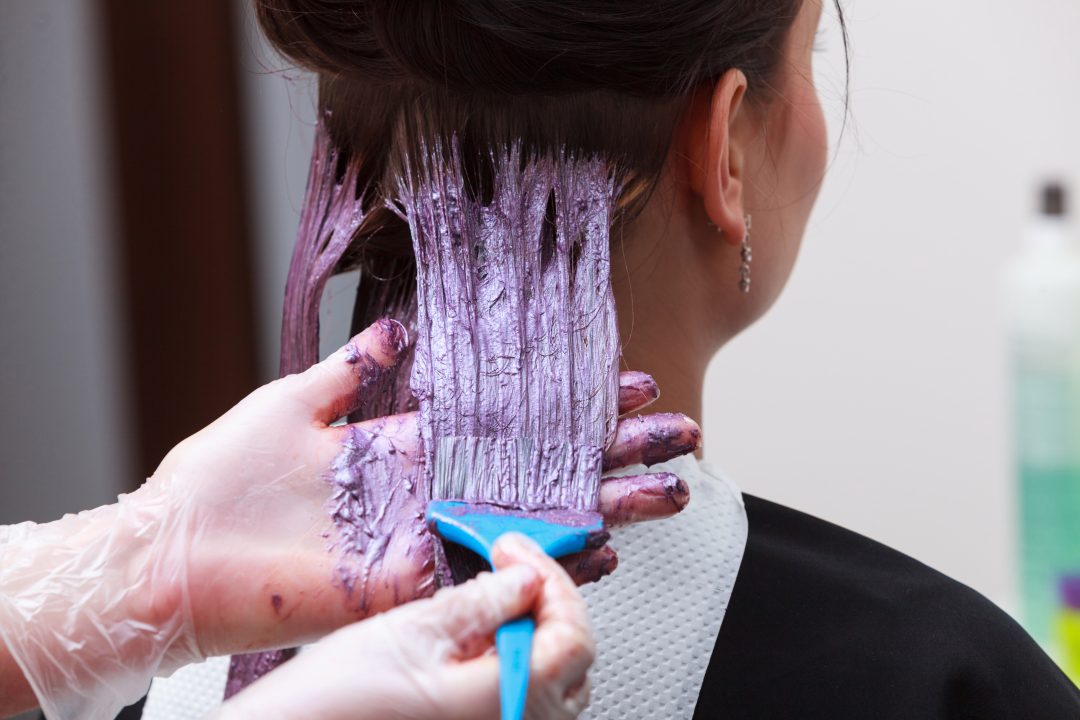Coloured hair can look stunning, but this should never be at the price of your health. Unfortunately, hair dye reactions are all too common, which is why hair salons have a duty of care to assess how your hair and skin could react to products before using them.
You may have heard of over-processed hair falling out or how full head highlights can cause hair damage. However, allergic reactions to dyes can be even more severe, causing lasting physical injuries and emotional distress. Claims against hairdressers are often the result of hair dye injuries.
Here’s everything you need to know.
WHAT CAUSES REACTIONS TO HAIR DYE?
While hair dyes are used by millions of people worldwide, some of the chemicals and ingredients in the products can cause allergic reactions. The most common sensitivity is contact dermatitis, a type of eczema triggered when a particular substance irritates the skin.
The main culprit of hair dye reactions is a chemical called paraphenylenediamine (PPD), a known allergen and skin irritant. While most dyes containing PPD are safe to use, this doesn’t mean the risks should be ignored. The most severe hair dye reactions include redness, inflammation, blisters, dry patches and anaphylaxis. Those particularly vulnerable are people with darker coloured eyes or who’ve previously had a black henna tattoo.
If you’d like more information on the signs of hair dye sensitivities and what to do if a reaction occurs, head to this dedicated NHS page.
HOW TO PREVENT HAIR DYE REACTIONS
Luckily, severe reactions to hair dye products are avoidable if the right precautions are taken.
One of the first lines of defence against hair dye sensitivities is patch tests, whether it’s a DIY product or a professional hair salon treatment. This involves a small amount of the product being applied to the skin to see if there are any consequences. Even if there’s a mild reaction within 48 hours, it’s best to avoid using dyes anywhere near your skin or hair.
Other precautions should also be taken, closely following the manufacturer’s instructions, including the maximum time the dye should be left to work its magic.
CAN YOU SUE HAIRDRESSERS?
Yes. If you’ve suffered an allergic reaction or skin damage due to a failure to uphold necessary health and safety practices, you may have grounds to make a compensation claim against your hairdresser. Hairdressers have a duty to assess both the condition of your hair and possible skin reactions before carrying out a treatment.
If negligence resulted in a hair dye reaction or skin injury occurring, seek advice about the next steps.
HOW TO MAKE A HAIR DAMAGE CLAIM
Have you had a hair dye reaction that wasn’t your fault? Speak to the team at Hairdressing Claims about how to sue a hairdresser.
To chat with our friendly advisors, call our freephone number on 0800 141 3682 or 0333 202 6560 from a mobile. Alternatively, send a message to enquiries@hairdressingclaims.co.uk, and we’ll get back to you as soon as possible.

